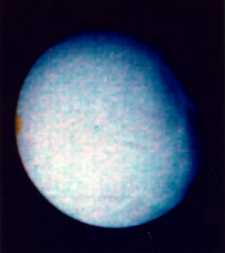This is an image of Enceladus.
Click on image for full size
NASA/JPL
The Surface of Enceladus
The surface of Enceladus does not have many craters. Instead it has grooves similar to those found on
Ganymede. These grooves extend for many kilometers over the surface.
The presence of grooves indicates that there has been activity in the interior of Enceladus in the past. At least some of its surface is relatively young and less than 100 million years old (a blink of the eye to the solar system
).
You might also be interested in:
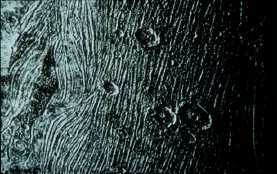
This image shows an example of the grooved terrain of Ganymede. The image clearly shows that some things hit Ganymede and made craters after the grooves were created, because the grooves are underneath
...more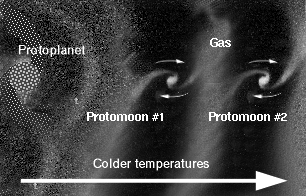
Titan is like other icy moons. Scientists want to know "how come Titan is the only one that has a big atmosphere?" Titan formed the same way other planets did, as shown in this picture. Where Titan formed,
...more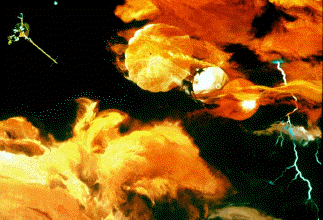
The air of Titan is a lot like the Earth's, except that it is very cold, from -330 degrees to -290 degrees! Like the Earth, there is a lot of Nitrogen and other complex molecules. There also may be an
...more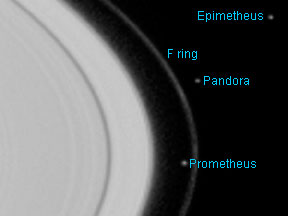
Pandora is a small moon of Saturn. It was discovered by S. Collins and others in 1980 from photos taken by the Voyager 1 spacecraft. Pandora's name comes from Greek mythology. Pandora was the first woman,
...more
Prometheus is a small moon of Saturn. It was discovered by S. Collins and others in 1980 from photos taken by the Voyager 1 spacecraft. This moon's name comes from Greek mythology. Prometheus was a Titan
...more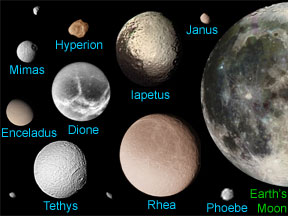
Saturn has // Call the moon count function defined in the document head print_moon_count('saturn'); moons. Many of those are tiny chunks of rock or ice only a few kilometers (miles) across. One of Saturn's
...more
Saturn has // Call the moon count function defined in the document head print_moon_count('saturn'); moons. Many of those are tiny chunks of rock or ice only a few kilometers (miles) across. One of Saturn's
...more


